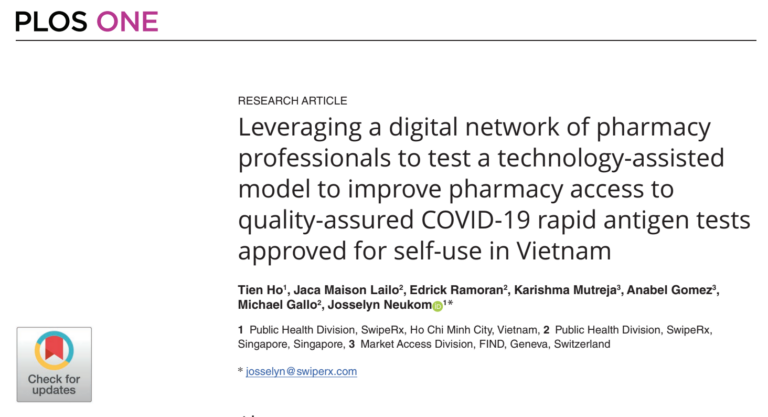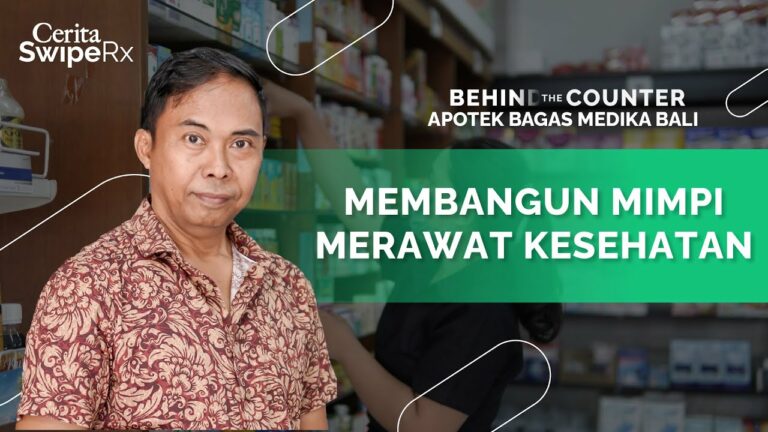Patient non-adherence to medication is itself one of the most expensive disease categories worldwide, referring to both discontinuing medications and foregoing preventive health practices. Many systematic interventions and reviews have focused on single disease conditions and isolated intervention strategies. This methodology may not be practical for providers dealing with diverse populations – especially in Southeast Asia, where pharmacists are the first, if not only, point of contact with patients seeking treatment.
Fortunately, there are clear solutions to overcoming the challenges of improving patient adherence, as well as powerful new platforms delivering these simple interventions, such as mClinica’s SwipeRx and Connect mobile applications. The strategies described below can all be employed cost-free, using features available within the app.
1. Strengthen Provider Knowledge and Skills
There is a robust body of evidence showing that education and physical health are correlated. This is an issue in developing countries where continuing education is not easily accessed or not required of pharmacists. The SwipeRx app provides pharmacy professionals continuing professional development, with education modules accredited by pharmacy associations and universities that may count towards renewing a pharmacy license.
2. Reduce the Cost of Treatment
Even in countries like the Philippines with free public treatment programs for chronic conditions such as tuberculosis, patients often forego free doctor visits for the relative convenience of visiting their local pharmacy, even though this means they will have to pay for the medication! With SwipeRx’s provider referral program, not only are patients able to schedule an appointment on mobile, but pharmacists even receive financial incentives to help patients do so.
3. Assess Patient Beliefs to Understand Where Non-Adherence Comes From
With increased knowledge of medication best practices and side effects, pharmacists can assess patient’s existing beliefs in order to identify and clarify misconceptions. Pharmacists can search for medication information directly in SwipeRx, and inform patients of the importance of completing a course of medication as well as potential side effects.
4. Understand the Situation and Remove Bias
There is a wealth of data showing that a positive provider-patient relationship is among the most important factors in addressing non-adherence. Tailoring education to a patient’s current level of understanding and connecting on a cultural level both improve this relationship. With educational apps like SwipeRx, there is no need for third party intervention, and patients can receive accurate information directly from a trusted pharmacist who can communicate in the same language and cultural context.
Additionally, SwipeRx surveys can be used by organizations to understand the current practices, knowledge, and beliefs of everyday pharmacy professionals.
5. Don’t Forget About the Patient
Finally, active listening, convenience of care, and involving patients in decisions are all helpful strategies for improving patient adherence. Using mClinica’s Connect app, pharmaceutical companies agree to offer discounts on medicines in exchange for a patient’s contact information. The patient is then sent reminders to fill their medications, as well as educational messages. Thus, patients can receive tailored information at their convenience, straight to their mobile phone.
Patient non-adherence is a challenge to governments, companies, providers, and of course patients globally. But new innovations in mobile tech can help solve the issue.








